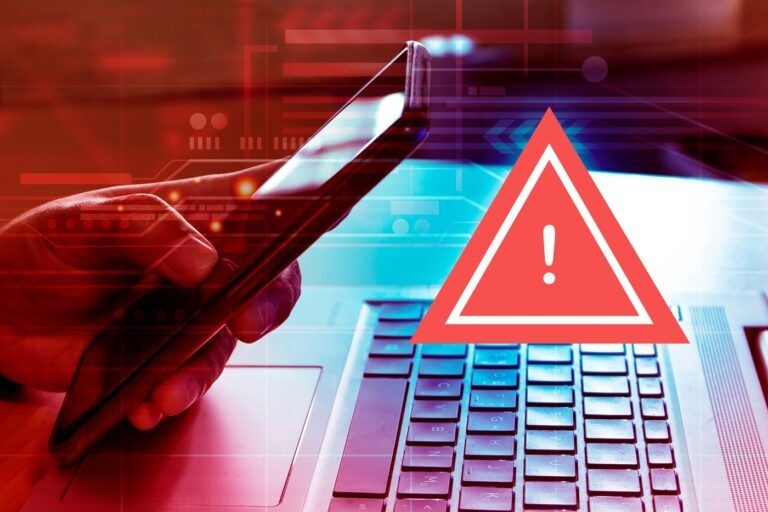Today, digital ads have become a cornerstone to many marketing strategies, forcing brands to encounter challenges they never encountered before. When a good part of your promo budgets are web-dedicated, the risks from ad fraud skyrocket. This whitepaper reviews the three effective tactics to protect your brand from the most sophisticated adspace manipulators.
Ad Fraud: new risks and challenges
Digital threats shape into existence one of the most pressing problems for any brand, whether established or new: Ad Fraud. Ad hijackers are becoming a major problem for companies seeking protection for their brand.
Ad highjackers are cybercriminals which intrude into the online ads system for financial profit. They may operate as organized groups with the purpose to deceive advertisers and appropriate their funds, or hackers seeking to gain access to confidential information to organize further attacks. Regardless of their motive, their actions are a threat to online advertising infrastructure as a whole.
At another angle, ad hijackers are a threat of its own. These third parties inject unauthorized ads into websites and apps belonging to specific brands. Such injected ads may contain misleading or even illegal content which can seriously harm company reputation. When this is the case, the key risk may come from the consumers believing the brand itself endorses such ads, undermining trust, and leading to client loss.
These unauthorized ads are often only the tip of the iceberg. They may bemused to redirect users to various phishing or malware websites, causing data leak and security breaches. Personal or financial data theft may have serious legal consequences for the company, and destroy client trust.
Perpetrators engaged in this field utilize complex techniques to manipulate network traffic for profit. They generate artificial traffic using bots, proxies, or other technologies to appear similar to legitimate users.
These methods become more sophisticated by the day, growing into a serious problem for advertisers. Extensive attacks can cause serious damage both to the brand budget, and, most importantly, its public image. Ignoring this problem may lead to loss of trust from partners and clients alike.
How can a company protect the brand from these threats?
First and foremost, a proactive approach is required. Reliable ad networks play a key role in minimizing risk. By choosing partners that have already earned a reputation for safe and trusted platforms, you reduce the likelihood of encountering a hijacking.
Tracking ad campaigns is another important part to watch over. Using analytical tools and metrics, brands can identify abnormal traffic spikes in a timely manner and take prompt action. Such monitoring allows not only to detect the problem, but also to understand its scale in order to minimize potential damage.
Working with brand security partners is also an indispensable element of a defense strategy. Cybersecurity experts have the knowledge and technology to identify and prevent fraud in advertising campaigns. Working with experts gives brands confidence that their online presence remains protected.
Innovative use of AI – effective, reliable, but not for everyone
Artificial intelligence has seen incredible growth recently, opening up new opportunities for brand advocacy. Here are a few ways AI can help.
Preventing ad fraud
AI is able to analyze online advertising campaigns for suspicious activity. It identifies patterns that could indicate fraud, such as bots that multiple-click on ads or create fake accounts on social networks such as Instagram or X (formerly Twitter). This allows you to filter traffic, providing better engagement with real users.
Identifying hijackers
When AI blocks suspicious ads, more sophisticated systems come into play. They specialize in analyzing human behavior to identify who is behind fraudulent activity. This step is important not only to catch the attackers but also to understand their motives. This knowledge helps in developing strategies to prevent future attacks.
However, there is a significant hurdle for small businesses – cost. AI technologies for brand protection are often too expensive, requiring significant investment. Small companies have to find a reliable partner willing to provide such services, but also be prepared for the fact that it can eat up a large part of their annual revenues. So despite the huge potential of AI, making this defense available to everyone remains a serious challenge.
Ultimately, defending against ad hijacking requires a concerted effort at all levels. Brands must be prepared to adapt to the changing digital environment, stay informed about new threats and use advanced technologies to neutralize them. Only in this way can they ensure that their online presence is safe and secure, while maintaining their reputation and stable revenue.
Crisis management plays a key role in protecting a brand in the digital space. In the age of social media and instant information dissemination, even a small mistake can lead to significant reputation loss. Effective crisis management allows you to respond quickly to negative feedback, control the spread of false information and demonstrate to customers that the company is looking out for them. This not only helps to rebuild trust, but also strengthens the brand by showing its ability to cope with the challenges in the digital world of today.

